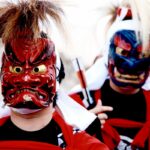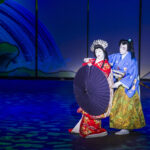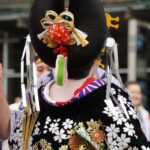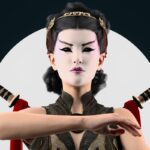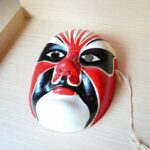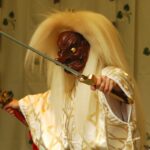Kabuki is one of Japan’s cultural treasures. It is a form of entertainment which originated way back in the Edo period.
Despite being performed by men alone today it was actually created by a woman and priestess named Izumo no Okuni.
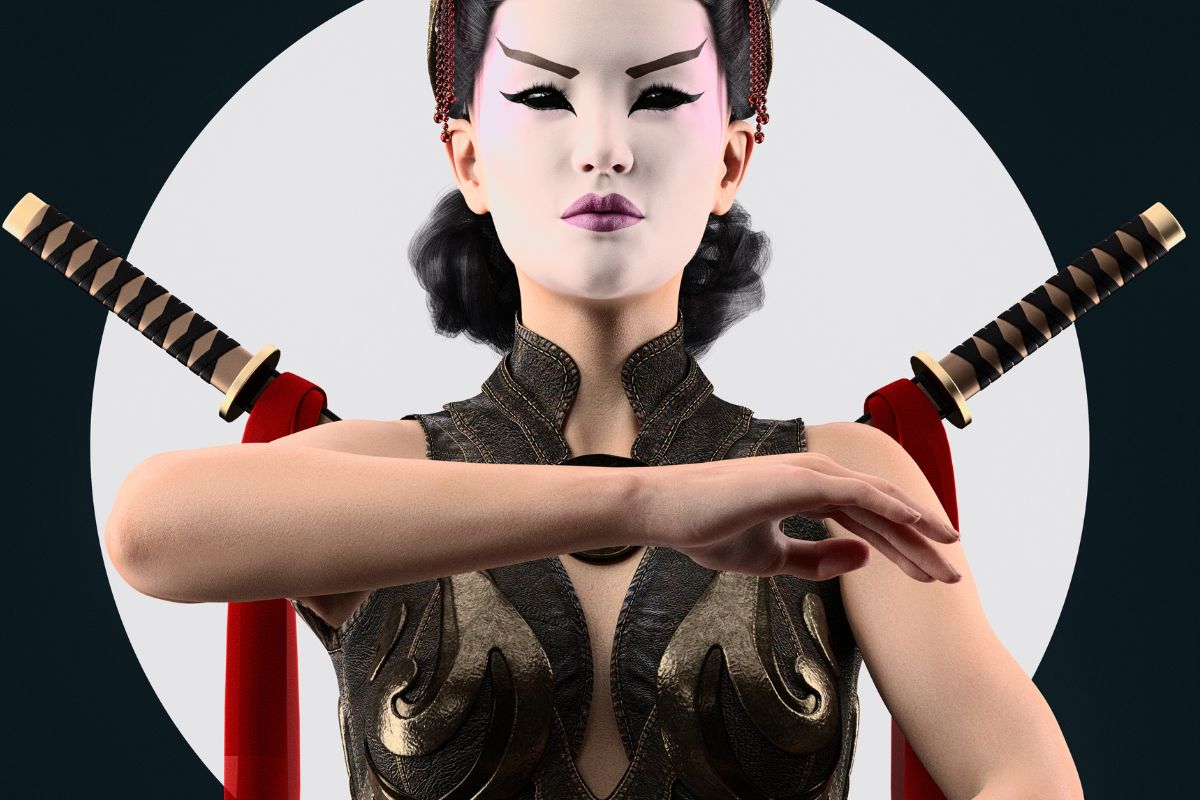
It was this woman who developed an all female dance troupe and performed dances and light sketches in the city of Kyoto.
It was only after 1629 when women were banned from performing on stage that men took the limelight and kabuki started to become what we know today.
Fascinating, right? Well, there are plenty more interesting and fun facts surrounding kabuki. For example when kabuki was performed by youjyo the government had to step in.
The youjyo became too popular and it started a slew of bloody affairs which caused them to be prohibited by the government. It took a minimum of ten years before they were completely demolished as a part of kabuki.
That is just one interesting and fun fact about kabuki. There are tons more to cover. So, let us dive right in and check out the most fascinating kabuki facts. You are bound to find at least one of them interesting!
Quick Answer
In this section we are quickly going to list our fun facts for those of you that want to get straight to the facts
However…we highly recommend that you read further. The details are what really make these fun kabuki facts interesting (see also ‘How To Make A Kabuki Mask For Beginners‘)!
- The Word Kabuki originates from the Japanese Word Kabuku
- A Woman Named Okuni was the Inventor of Kabuki Odori
- Youjyo Were the Ones that Performed Kabuki in Early Days
- The Actors We See in Kabuki Today are All Men
- Kabuki Kyougen and Kabuki Buyou are the Two Categories for Kabuki Programs
- The Programs Have Nicknames as they are Very Difficult to Read
- A Person on the Stage Wearing Black is Traditionally Thought of as ‘Invisible’ on Stage
- Kabuki Actors will Inherit Stage Names
Now that you have the gist of these eight facts you should definitely read on to learn more about each one of them.
Fun Kabuki Facts
In this section we are going to take a look at the above-mentioned fun kabuki facts in more detail. So, without further ado, let us dive right in and get started!
The Word Kabuki Originates From The Japanese Word Kabuku
Kabuku is the archaic form of the word katamuku. Directly translated it means ‘To Lean’.
When the Sengoku period was near its end and the Edo period was about to begin, the people that dressed loudly and did things that were thought of as unthinkable were called ‘Kabukimono’.
It was this group of people that invented a famous dance known as ‘Kabuki Odori’. This dance in particular was very flashy, loud, and had outfits and movements which were thought of as inappropriate or unthinkable at this point in time.
A Woman Named Okuni Was The Inventor Of Kabuki Odori
Before kabuki ever became a national treasure and art form of Japan it was actually started by a woman. A priestess named Okuni was the first person to appear in literature and perform what was called kabuki odori.
In fact, the first kabuki odori actually performed was about a kabukimono, which basically means that it was about gangs of samurai in feudal Japan.
While it was a beautiful performance, it also contained material which could be considered ‘erotic’.
It was only later on that this stunning art form developed into the kabuki we know and love today. Unlike when kabuki first originated, this art form was not an all-male theatrical performance.
Kabuki became an all male theater group only after women were banned from performing in theater back in 1629.
Women were actually banned from theater performances because at this time it was perceived to be an immoral practice.
Because of this association the Japanese government felt the need to ban women from theater as it was also often thought of as having a link to prostitution.
The association with prostitution meant that women who were performing kabuki or other forms of theater were not allowed to do so anymore.
Youjyo Were The Ones That Performed Kabuki In Early Days
In the old days, kabuki was largely performed by ‘Youjyo’ which essentially means a ‘Sex Worker’. This kind of kabuki was known as youjyo kabuki and would involve a very specific kind of performance.
First, the traditional shamisen would be played during the performance and then the kabuki youjyo actors would appear on stage wearing the fur of tigers or panthers.
It was a very different style of kabuki which has not continued into the modern way that kabuki is performed.
The Actors We See In Kabuki Today Are All Men
There are many different characters played in kabuki. Men, generals, merchants, children, princes, princesses, sex workers, young women, old women, ghosts, demons, beasts, and plenty of other roles can be seen in kabuki.
All of them are performed by men. The movement of a character, how they speak, dress and act all work as a way to distinguish between these different personalities and roles.
The performances are big and over the top, but each character is masterfully played. It is quite a spectacle to witness. Even the women are represented and played in a wonderful way.
You will be in awe when you watch a kabuki performance.
Kabuki Kyougen And Kabuki Buyou Are The Two Categories For Kabuki Programs
Kabuki tells many different stories, some are retelling of things that have actually happened in the past. For example the death of a general or other person of high standing.
There are also fictional stories which are set in a certain time frame. These stories are known as ‘Kabuki Kyougen’.
The second category of kabuki is known as ’Kabuki Buyou’ which is largely just dance. In fact, the word Buyou literally translates to dance.
If you want to experience kabuki but are not familiar with the Japanese language then you may want to check out a kabuki bayou as they will not speak as much.
The performance in this type of kabuki will largely consist of dancing. This may allow you to enjoy the performance without worrying about understanding a story as there will not be a core story for you to follow and keep up to.
The Programs Have Nicknames As They Are Very Difficult To Read
When kabuki first became popular back in Edo Japan it was common for the programs to be given names that used characters that sounded the same or had the same odd number of strokes (for more information on the characters you would find in Kabuki theater, read here).
Because of this popular idea it became nearly impossible or at least very difficult to read the programs.
Today these programs have been given shorter nicknames which are easy to read and understand.
For example, there is a program named Miyakodori Nagareno Shiranami which has been given the much shorter nickname of Shinobu No Souta.
A Person On The Stage Wearing Black Is Traditionally Thought Of As ‘Invisible’ On Stage
If you have ever seen a kabuki performance you will likely have seen people dressed in black. These people are known as ‘Kurogo Kouken’ and are largely accepted as being invisible on stage.
Their job is to move props around the stage for the actors or even hand them a prop that they will need.
The audiences and actors will act as if these people are invisible as they are not actually part of the play despite having an important role to play in aiding actors on stage.
Kabuki Actors Will Inherit Stage Names
Kabuki stage names are called ‘Myouseki’. When an actor inherits a stage name it is called ‘Shuumei’. As an actor gains experience on the stage they slowly inherit names that have more fame attached to them.
But a lot of the time the direct descendant or blood related child would inherit a name. However, in special cases some stage names are inherited by people as a kind of mark of their skill and technique.
When an actor receives a new famous stage name it is usually announced on stage. While actors will have a stage name or ‘Myouseki’ they will also have a family name or ‘Yagou’.
Final Thoughts
We hope that you have enjoyed this article and learning about these fascinating kabuki facts. There is plenty more to learn about this traditional Japanese art form.
There are a ton of other fascinating and obscure facts surrounding kabuki. Most of which we could not actually fit in this article. It will almost certainly be worth your while to check more of these fun facts out.
You will learn something you don’t know, that much is certain.
So, if you want to learn more about kabuki or other topics to do with Japan then make sure to check out some of our other articles. There are loads that you will likely find entertaining or interesting there.
- 16 Best Websites To Watch Japanese Movies With English Subtitles - May 11, 2023
- Is ZIPAIR The Best Airline For Traveling To Japan? - May 11, 2023
- Ryu Murakami Vs Haruki Murakami – Which One Should You Read? - May 11, 2023


